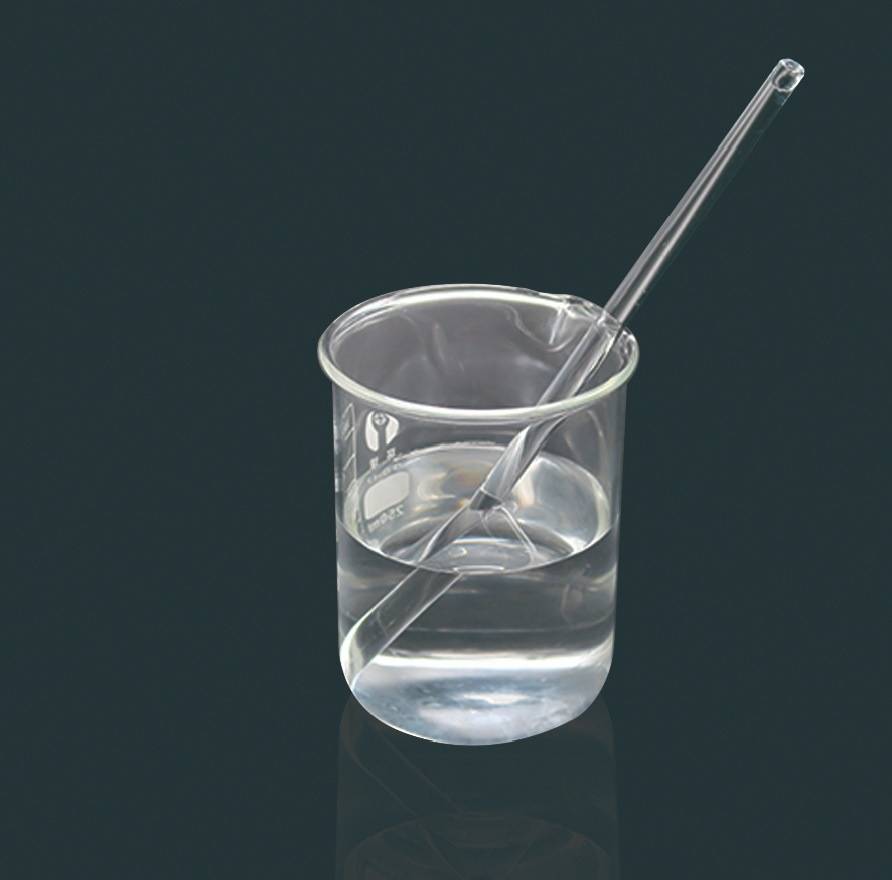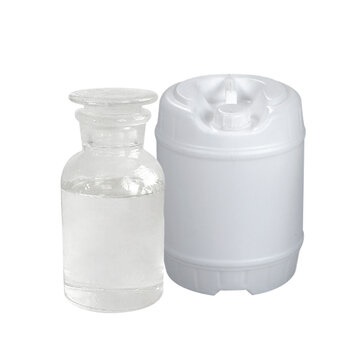Pentane, a hydrocarbon solvent derived from natural gas and crude oil, currently holds over 50% of the global market share as a blowing agent for polyurethane foam. It plays a crucial role in enhancing the thermal resistance of the foam by causing it to expand. The three primary forms of pentane used in insulation applications are n-pentane, iso-pentane, and cyclopentane. These variants can be used independently or blended to meet specific insulation needs.
Cyclopentane is predominantly utilized in the refrigeration industry, including applications such as refrigerators, cold storage facilities, refrigerated warehouses, and cold chain logistics. While n-pentane and iso-pentane provide a lower level of insulation, the resulting foam is more stable, with finer and firmer cells, making them ideal for residential and office building insulation. However, the growing demand for energy efficiency is driving a shift towards greater use of cyclopentane.
Cyclopentane as a Blowing Agent
In polyurethane foam, cyclopentane partially remains within the cells after the foaming process. As a cell gas, it has a lower thermal conductivity than air, which contributes to an exceptionally high and long-lasting insulating effect. Pure cyclopentane is frequently used in household appliances, where maximizing insulation in limited space is critical. It is also commonly found in cold storage rooms, refrigerated warehouses, and sandwich panels.
N-Pentane and Iso-Pentane
N-pentane and iso-pentane, though offering lower insulating performance compared to cyclopentane, excel in creating stable foam with firmer and finer cell structures. This makes them a popular choice for insulation in residential and office buildings. However, the push for higher energy efficiency standards is increasingly favoring the adoption of cyclopentane in these applications.
Eastchem supplies high quality of pure pentanes as blowing agents for production of polyurethane foam.
- N-pentane
- Iso-pentane
- Cyclo-pentane
- Pentane mixtures
- Methylene chloride (MC)
- Isobutane



